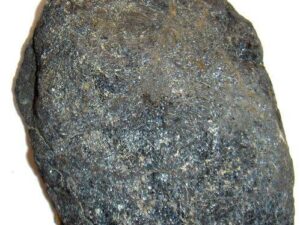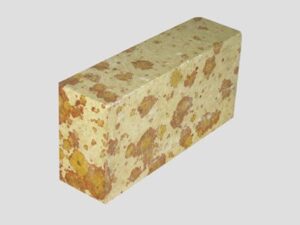Description
Zircon Refractories: A Deep Dive into Strength Under Fire
In the world of high-temperature industrial processes, the right materials are crucial. Refractories, materials designed to withstand extreme heat and corrosive environments, are the unsung heroes that line furnaces, kilns, and reactors. Among the diverse range of refractories, zircon-based materials stand out for their unique combination of properties, making them essential in specific, demanding applications.
Zircon, the primary ingredient in these refractories, is a zirconium silicate mineral (ZrSiO₄). Its inherent characteristics, including high melting point, chemical inertness, and low thermal conductivity, translate into valuable performance advantages when fabricated into refractory products. This article explores the properties, applications, advantages, and limitations of zircon refractories, providing a comprehensive overview of this important class of materials.
Key Properties of Zircon Refractories:
- High Melting Point: Zircon boasts a melting point exceeding 2400°C (4350°F), allowing it to endure extreme heat exposure without softening or degrading.
- Excellent Chemical Inertness: Zircon is highly resistant to attack from many acids, alkalis, and molten metals, making it suitable for aggressive chemical environments.
- Low Thermal Conductivity: Zircon’s relatively low thermal conductivity helps to minimize heat loss, contributing to energy efficiency in high-temperature processes.
- Good Thermal Shock Resistance: While not exceptional, zircon refractories possess adequate thermal shock resistance, enabling them to withstand rapid temperature fluctuations to a certain extent.
- High Strength and Creep Resistance: Zircon refractories exhibit good strength and resistance to deformation under prolonged high-temperature stress (creep).
Applications of Zircon Refractories:
The unique properties of zircon refractories make them ideal for a variety of demanding applications, including:
- Glass Manufacturing: Zircon refractories are widely used in glass melting furnaces, particularly for the construction of throats, spouts, and other critical components that come into direct contact with molten glass. Their resistance to chemical attack by molten glass and their low rate of erosion are crucial for maintaining glass quality.
- Foundry Applications: Zircon flour and zircon sand are used extensively as mold and core materials in metal casting. Their high refractoriness, chemical inertness, and dimensional stability ensure accurate casting of intricate shapes. They are particularly well-suited for casting high-melting-point alloys like steel and titanium.
- Ceramic Industry: Zircon refractories find applications in the lining of kilns and other high-temperature equipment used in the production of ceramics.
- Specialty Applications: Zircon refractories are employed in certain specialized applications requiring a combination of high-temperature resistance, chemical inertness, and dimensional stability, such as in the construction of crucibles for melting precious metals and in certain aerospace applications.
Advantages of Using Zircon Refractories:
- Superior Resistance to Slag and Glass Corrosion: Zircon’s inherent resistance to corrosive attack from molten slags and glasses is a significant advantage in these environments.
- Dimensionally Stable at High Temperatures: Zircon refractories maintain their shape and dimensions even at elevated temperatures, ensuring consistent performance in high-precision applications.
- Good Thermal Shock Resistance Compared to Other High-Alumina Refractories: While their thermal shock resistance isn’t the highest, it’s often sufficient for applications where drastic temperature changes are less frequent.
- Environmentally Friendly: Zircon is a naturally occurring mineral and is considered relatively environmentally friendly compared to some other refractory materials.
Limitations of Zircon Refractories:
Despite their advantages, zircon refractories also have limitations:
- Relatively High Cost: Zircon is more expensive than some other common refractory materials, which can limit its use in less demanding applications.
- Susceptibility to Alkali Attack at High Temp (Limited): While generally chemically inert, zircon can be susceptible to attack by strong alkalis at very high temperatures, limiting its use in certain specific environments.
- Lower Thermal Shock Resistance Than Some Alternatives: Materials like fused silica or silicon carbide offer superior thermal shock resistance in applications where rapid temperature changes are a major concern.
Conclusion:
Zircon refractories are indispensable materials in a range of high-temperature industrial processes. Their unique combination of high melting point, chemical inertness, and dimensional stability makes them a preferred choice for applications involving molten glass, metal casting, and other demanding environments. While their higher cost and specific limitations should be considered, the benefits of zircon refractories often outweigh these drawbacks, ensuring their continued importance in the world of high-temperature materials. As industries push for greater efficiency and performance, zircon refractories will likely continue to play a crucial role in enabling these advancements.












Reviews
There are no reviews yet.